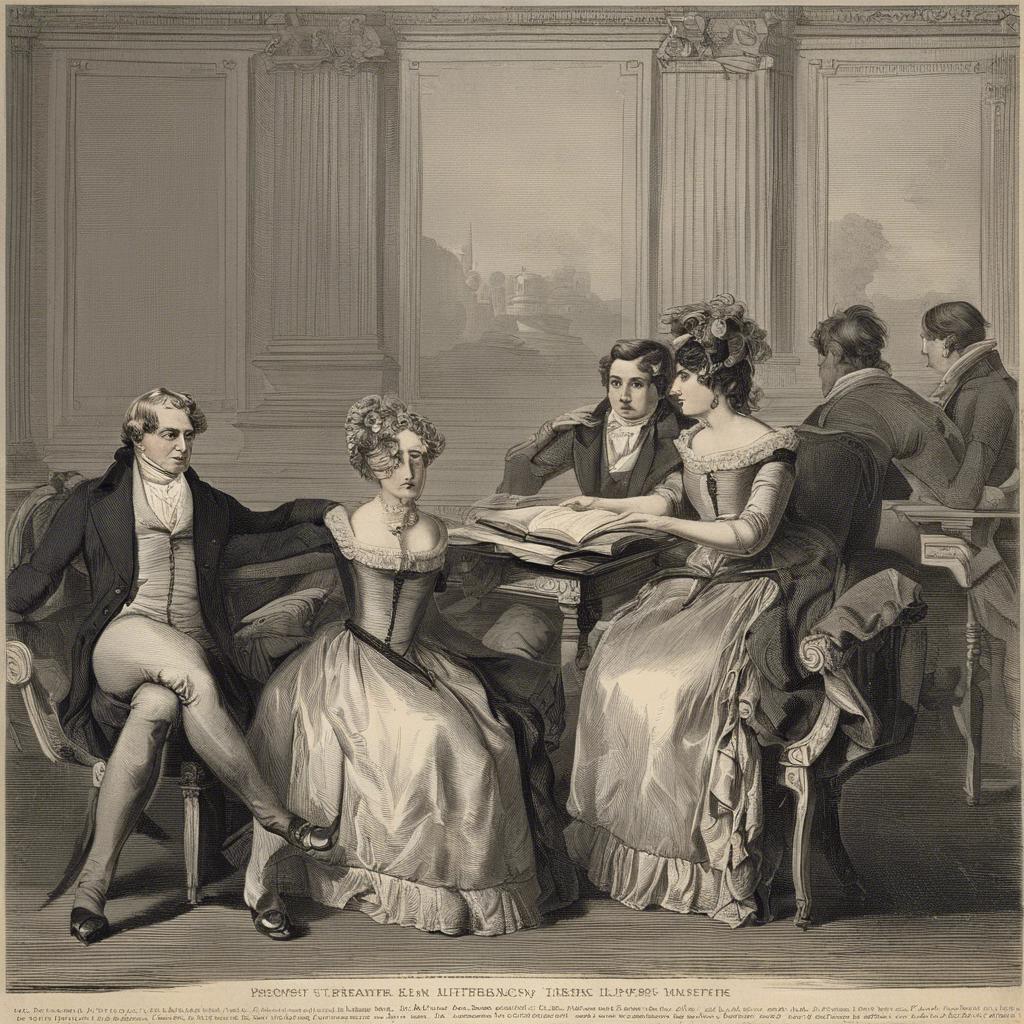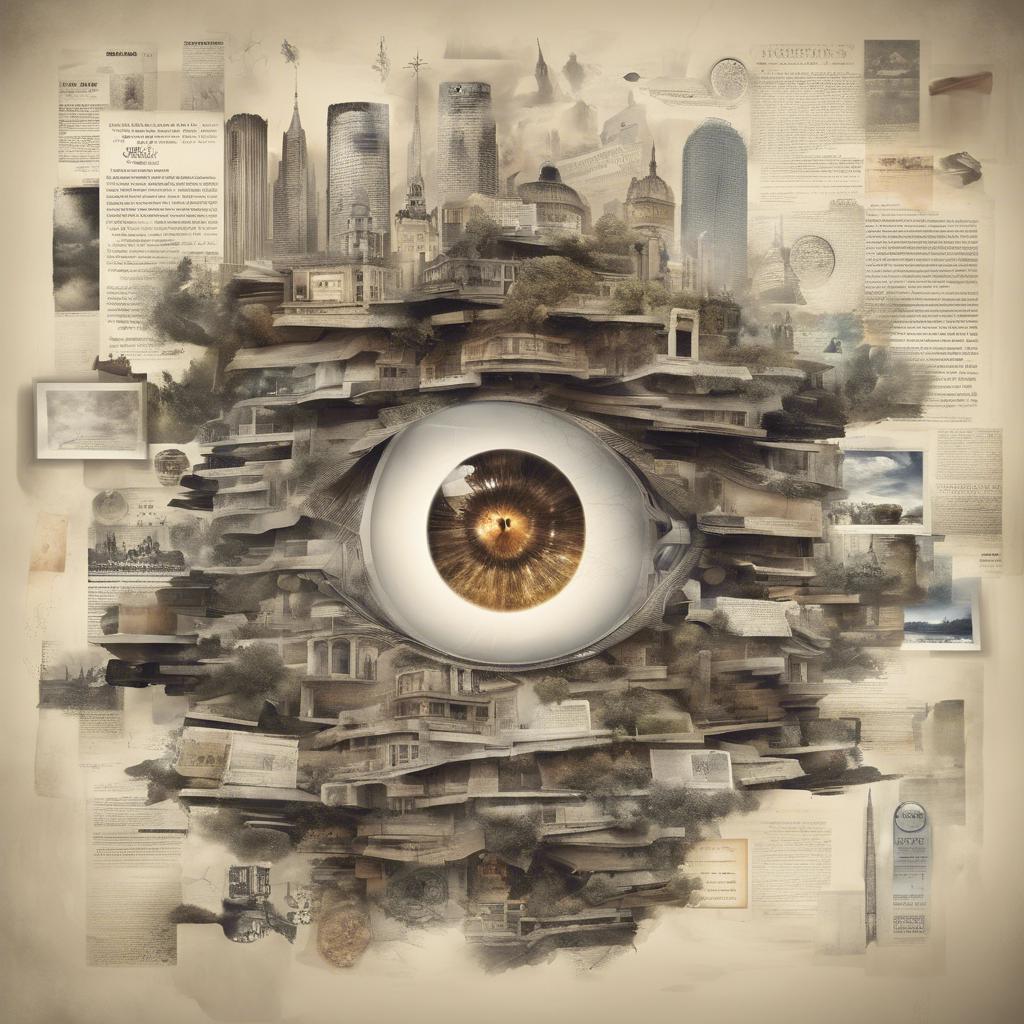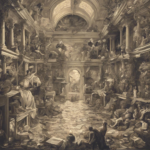The Regency era, spanning from 1811 to 1820, is renowned for its elegant fashion, sophisticated society, and notable political figures. However, tucked within the sweeping ballrooms and bustling streets of this era lies a treasure trove of literature that reflects the complexities of society at the time. From the romantic novels of Jane Austen to the gothic tales of Ann Radcliffe, Regency era literature offers a glimpse into the social norms, aspirations, and challenges of this fascinating period in history. Join us as we delve into the world of Regency era literature, exploring the works of iconic writers who continue to captivate readers centuries later.
Step Into the World of Cheryl Bolen
Dive into the enchanting stories of love, intrigue, and elegance set in the Regency Era. Cheryl Bolen's novels offer timeless romance and captivating tales that will leave you wanting more.
Explore Cheryl Bolen's Books Now
Regency Era Literature: An Overview of Literary Trends and Themes
In the Regency Era, literature was characterized by a shift towards romanticism, focusing on emotions, individualism, and the beauty of nature. Writers during this period often explored themes of love, loss, and societal norms, reflecting the changing attitudes of the time.
Key literary trends during the Regency Era:
- Increased use of poetic language and imagery
- Exploration of personal emotions and experiences
- Rise of gothic fiction and supernatural themes
- Focus on individualism and self-discovery
Common themes in Regency Era literature:
- Love and romance
- Social class and etiquette
- Nature and the beauty of the countryside
- Morality and virtue
The Impact of Social Issues on Regency Era Literature
In Regency era literature, social issues played a significant role in shaping the themes and narratives of many works. One prominent social issue of the time was the class divide, which is often reflected in the relationships between characters from different social backgrounds. This theme can be seen in novels such as Jane Austen’s “Pride and Prejudice,” where the romance between Elizabeth Bennet, a member of the middle class, and Mr. Darcy, a wealthy aristocrat, highlights the challenges of love across class boundaries.
Another prevalent social issue in Regency era literature was the role of women in society. Women were expected to adhere to regency era trivia”>strict social norms and were often limited in their opportunities for education and independence. This theme is explored in works like Mary Shelley’s ”Frankenstein,” where the character of Elizabeth Lavenza represents the constrained and vulnerable position of women in a male-dominated society. The depiction of women in these novels sheds light on the societal expectations and challenges faced by women during this time period.
| Examples of Regency Era Literature | Authors |
|---|---|
| Emma | Jane Austen |
| Northanger Abbey | Jane Austen |
| Sense and Sensibility | Jane Austen |
provides valuable insights into the societal norms, values, and struggles of the time. By examining how these issues are portrayed in works of fiction, readers can gain a deeper understanding of the historical context in which these works were written. Through themes such as class divide, women’s roles, and societal expectations, Regency era literature continues to offer relevant and thought-provoking reflections on the complexities of human society.
Exploring the Works of Notable Regency Era Authors: Jane Austen, Lord Byron, and Sir Walter Scott
Jane Austen:
Jane Austen, whose works are still beloved today, captured the essence of Regency era society with her novels like Pride and Prejudice and Sense and Sensibility. Her witty social commentary and keen observations on the societal norms of the time make her one of the most influential writers of the period.
Lord Byron:
Lord Byron, known for his romantic poetry and flamboyant lifestyle, was a prominent figure in the Regency era literary scene. His works, such as Don Juan and Childe Harold’s Pilgrimage, blend passion, melancholy, and rebellion, reflecting the tumultuous spirit of the time.
Sir Walter Scott:
Sir Walter Scott, often referred to as the “Father of the Historical Novel,” was a prolific writer whose works, including Ivanhoe and Waverley, transport readers to different historical time periods. His vivid descriptions and engaging storytelling have solidified his place as a master of historical fiction in the Regency era.
Modern Recommendations for Reading Regency Era Literature
When delving into the world of Regency era literature, there are a few modern recommendations that can enhance your reading experience. One classic novel that cannot be missed is “Pride and Prejudice” by Jane Austen. This timeless tale of love, social class, and societal norms in early 19th century England is a must-read for any fan of the Regency era.
For those looking to explore more works from this period, “Emma” by Jane Austen is another fantastic choice. This novel follows the life of a young woman who fancies herself a matchmaker, leading to humorous and heartwarming situations. The wit and charm of Austen’s writing truly shine through in this story.
If you’re interested in a different perspective on the Regency era, consider reading “Northanger Abbey” by Jane Austen. This novel combines elements of romance and satire, following the adventures of a young woman who is obsessed with Gothic novels. The juxtaposition of reality and fiction in this story is sure to captivate readers.
To Conclude
the Regency era was a time of great literary innovation and creativity. From the romantic novels of Jane Austen to the gothic works of Ann Radcliffe, this period produced some of the most enduring and beloved works in English literature. The Regency era may have been short-lived, but its impact on literature can still be felt today. As we continue to study and appreciate the works of this remarkable period, we gain a deeper understanding of the social, political, and cultural forces that shaped the world of the early 19th century. Let us continue to cherish and celebrate the literature of the Regency era, for it remains a shining example of the power of words to inspire, educate, and entertain.


